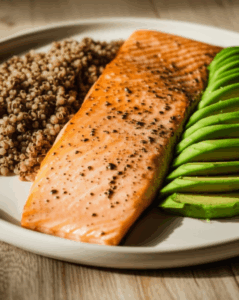Are you working out consistently but not seeing the changes you desire? You’re not alone. Many women find themselves stuck in a routine that doesn’t deliver optimal results, often due to common misconceptions or a lack of structured planning. Achieving your fitness goals, whether it’s building strength, increasing endurance, or improving overall body composition, requires a strategic approach that considers your unique physiology and leverages proven training principles.
This guide will break down the smartest weekly workout schedule for women, focusing on effectiveness, sustainability, and maximizing your efforts for tangible results. We’ll cover everything from the ideal frequency for strength training and cardio to the critical role of recovery and how your menstrual cycle can influence your performance.

The Foundations of an Effective Workout Schedule for Women
A truly effective workout plan for women is built upon several key pillars: consistent strength training, smart cardiovascular exercise, dedicated recovery, and the foundational principle of progressive overload. These elements work in synergy to challenge your body, promote adaptation, and drive results.
Prioritizing Strength Training for Lean Muscle and Metabolism
For women aiming for results like increased muscle tone, fat loss, and overall strength, resistance training is paramount. It helps build lean muscle mass, which in turn boosts metabolism and aids in fat reduction.
- Optimal Frequency: Most women see significant results with two to four lifting sessions per week.
- Beginners: Two full-body strength sessions per week are a great starting point, allowing adequate recovery while building a foundation.
- Intermediate: Three structured lifting sessions per week (e.g., upper body, lower body, full body) can provide sufficient stimulus for consistent progress. This frequency is often ideal for maximizing strength and bone density for most women.
- Advanced: Four weekly lifting sessions, often split by muscle group (e.g., upper/lower split), can offer greater volume for targeted development and advanced goals.
- Focus on Compound Movements: Incorporate exercises that work multiple muscle groups simultaneously, such as squats, deadlifts, lunges, presses (chest and overhead), and rows. These are highly efficient and effective for building overall strength and muscle mass.
- Lift Heavy Enough: A common mistake women make is not lifting weights that are challenging enough. To stimulate muscle growth, you need to lift heavy enough so that the last few repetitions of a set are difficult to complete with good form. “Heavy enough” is relative and should increase as you get stronger.
Strategic Cardiovascular Training for Heart Health and Endurance
Cardio is vital for improving heart health, increasing endurance, and can contribute to weight management.
- General Guidelines: The U.S. Department of Health & Human Services recommends at least 150 minutes per week of moderate-intensity cardio or 75 minutes of vigorous-intensity aerobic activity. This can be broken down into 30-minute sessions, five days a week.
- Types of Cardio:
- Moderate-Intensity: Brisk walking, jogging, cycling, swimming, and dance cardio are excellent choices.
- Vigorous-Intensity: High-Intensity Interval Training (HIIT), running, and sprints can be very effective for burning calories and boosting cardiovascular fitness in less time. HIIT involves alternating short bursts of intense exercise with periods of rest or lower-intensity activity.
- Integration with Strength Training: Avoid scheduling intense cardio on consecutive days as heavy strength training, especially for beginners, to allow for muscle recovery and growth. A balanced approach often involves alternating strength and cardio days, or performing cardio after strength workouts.
The Power of Progressive Overload
Progressive overload is the cornerstone of any effective fitness plan aimed at continuous improvement. It means gradually increasing the demands placed on your muscles over time to encourage continued growth and strength improvements.
- How to Apply Progressive Overload:
- Increase Weight: The most common method; once you can comfortably perform your target reps with good form, increase the weight slightly (e.g., 2.5-5 pounds).
- Increase Repetitions/Sets: If increasing weight isn’t feasible, add more repetitions to your sets (e.g., from 10 to 12 reps) or increase the number of sets.
- Increase Frequency: Train a muscle group more often per week, if appropriate for your recovery.
- Improve Form/Range of Motion: Before adding more weight, ensure you’re performing exercises with a full range of motion, which optimizes muscle activation and improves flexibility.
- Decrease Rest Time: Reduce the rest period between sets to increase the overall intensity of your workout.
- Why it Matters: Without progressive overload, your body adapts to the current stress, and you’ll experience stagnation in your results. Regularly challenging your body beyond its previous limits is what stimulates muscle adaptation and growth.
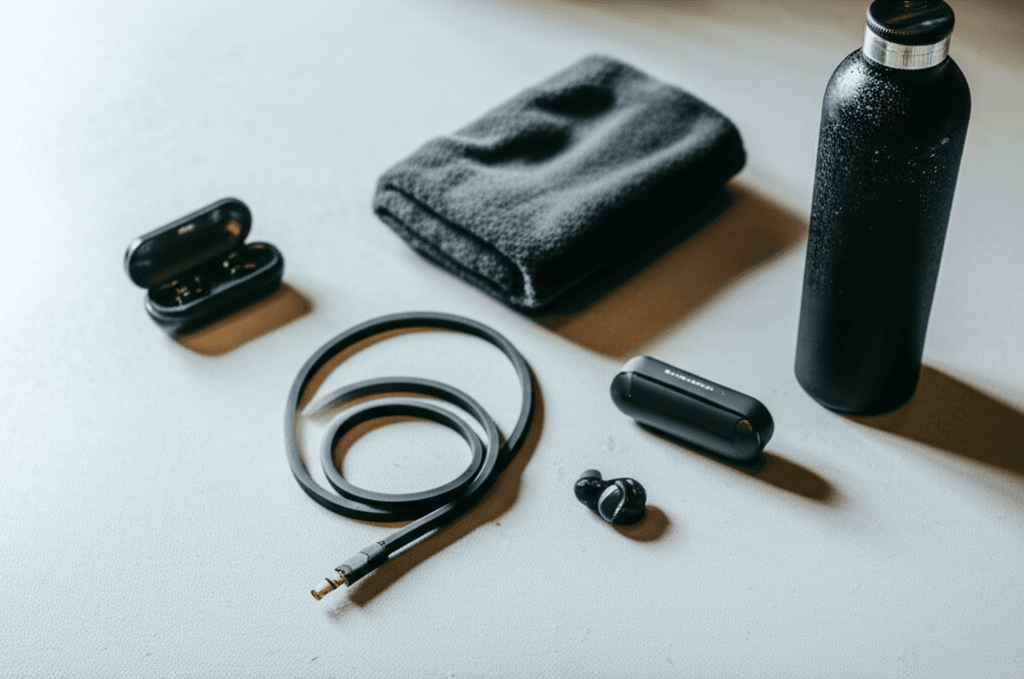
Essential Components Beyond the Workout
A smart workout schedule extends beyond just the exercises themselves. Warm-ups, cool-downs, and adequate recovery are equally critical for preventing injury, optimizing performance, and ensuring long-term progress.
Dynamic Warm-ups and Static Cool-downs
- Warm-up (Pre-workout): A proper warm-up consisting of 5-10 minutes of dynamic stretches (movements that take your joints through a full range of motion) and light cardio is essential to increase blood flow, prepare muscles, and reduce injury risk. Avoid static stretching before a workout, as it may limit power production.
- Cool-down (Post-workout): Incorporate 5-10 minutes of static stretching after your workout to help muscles cool down, improve flexibility, and aid in recovery. Static stretches involve holding a stretch for 15-60 seconds.
The Non-Negotiable: Rest and Recovery
Rest days are just as important as training days for muscle growth and overall recovery. Muscles actually grow and repair during rest periods, not during the workout itself.
- Active Recovery: Light activities like walking, gentle yoga, or stretching can be beneficial on rest days to promote blood flow without adding stress.
- Sleep and Nutrition: Ensure you’re getting sufficient sleep and consuming a balanced diet rich in protein to support muscle repair and recovery.
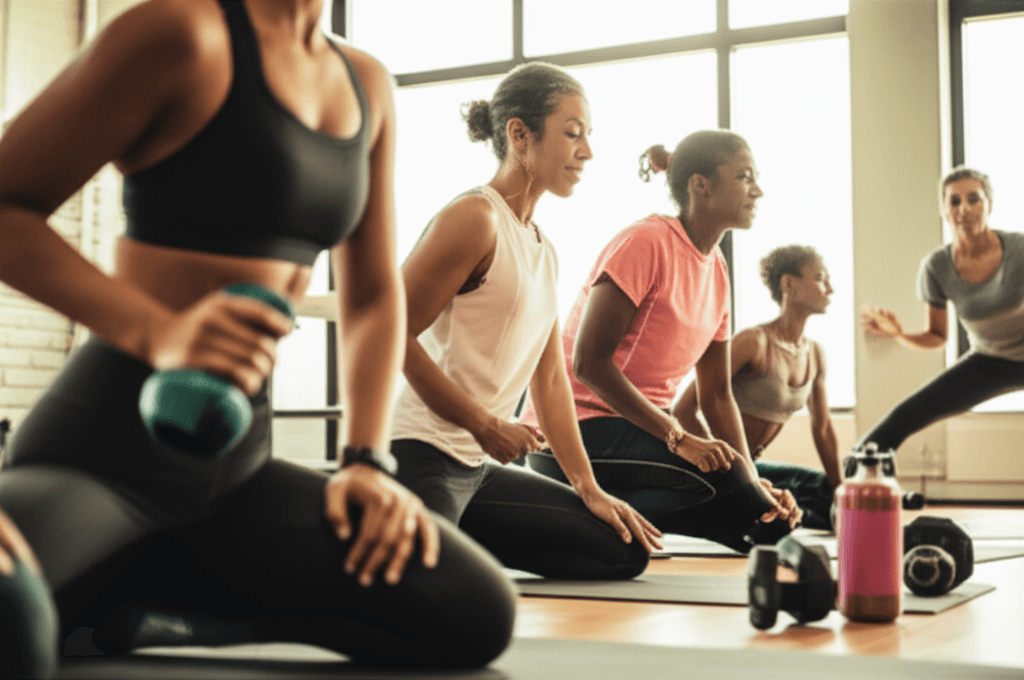
Special Considerations for Women
While the core principles of fitness apply to everyone, women have unique physiological aspects that can influence their training, most notably their hormonal cycle.
Training with Your Menstrual Cycle
Research suggests that fluctuating hormone levels throughout the menstrual cycle can impact a woman’s strength, muscle mass, and performance. While individual responses vary, adapting your training can optimize results and energy levels.
- Follicular Phase (Days 1-14, from period to ovulation):
- Hormones: Estrogen levels rise, and progesterone levels are low. Energy levels generally increase.
- Training Focus: This phase is often ideal for high-intensity training, strength gains, and progressive overload. Some studies indicate that resistance training during this phase may lead to greater strength gains. It’s a favorable time to challenge yourself and potentially set personal records.
- Ovulatory Phase (Around Day 14):
- Hormones: Estrogen peaks just before ovulation.
- Training Focus: Some women may experience a peak in strength and performance during this time. However, some research also suggests a potentially slightly higher risk of injury during this phase, so mindfulness and proper warm-ups are key.
- Luteal Phase (Days 15-28, after ovulation to period):
- Hormones: Progesterone rises significantly, and estrogen rises again after an initial drop. Many women may experience premenstrual symptoms (PMS), fatigue, and increased water retention.
- Training Focus: This phase may be better suited for lower-intensity workouts, increased recovery, and maintaining fitness rather than pushing for personal bests. Reduce training load by decreasing weight, reps, or intensity if needed. Focus on recovery, flexibility, and steady-state cardio.
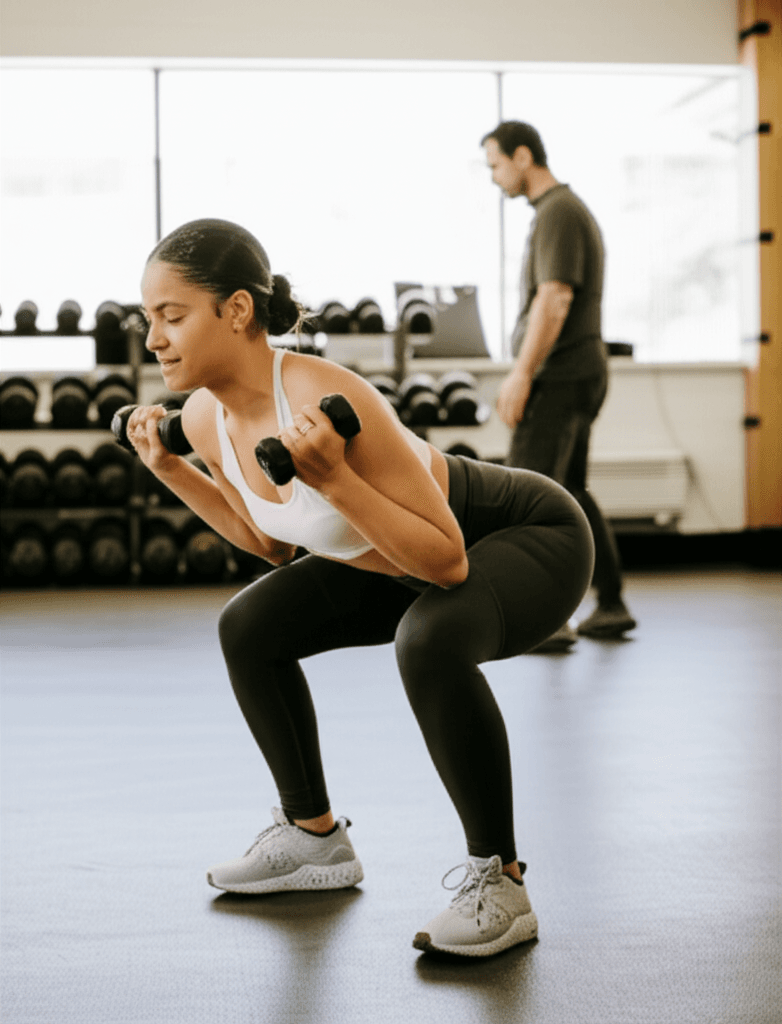
Common Mistakes Women Make in the Gym
To maximize your results, it’s equally important to be aware of and avoid common pitfalls:
- Ignoring a Well-Designed Program: Randomly picking exercises won’t yield the same results as following a balanced and structured program.
- Not Lifting Heavy Enough: As mentioned, challenging your muscles with adequate weight is crucial for stimulating growth and change.
- Focusing Too Much on Cardio: While important, excessive cardio at the expense of strength training can hinder muscle building and overall body recomposition goals.
- Skipping Warm-ups and Cool-downs: Neglecting these essential components increases injury risk and limits performance and recovery.
- Lack of Progressive Overload: Doing the same routine with the same weights and reps indefinitely will lead to a plateau.
- Poor Planning/Inconsistency: Long-term progress requires a strategy and commitment, not just sporadic workouts.
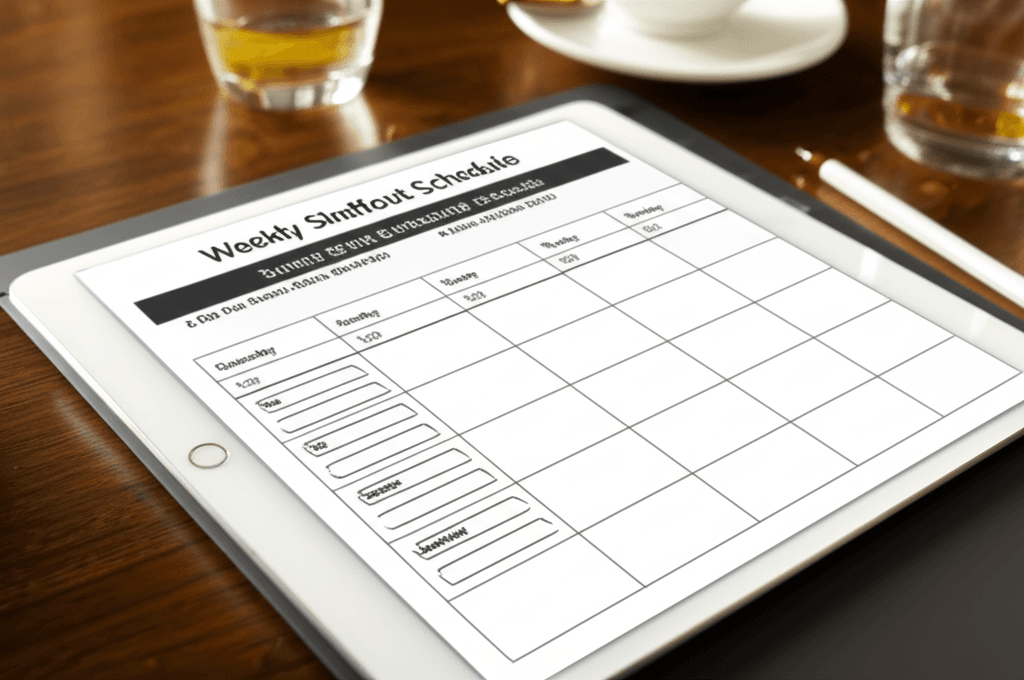
Sample Weekly Workout Schedule for Results
This is a template and should be adapted to your individual fitness level, goals, and lifestyle. Remember to listen to your body and adjust as needed.
- Monday: Full Body Strength
- Focus: Compound movements targeting major muscle groups (e.g., squats, deadlifts, bench press, overhead press, rows).
- Sets & Reps: 3-4 sets of 8-12 repetitions.
- Progressive Overload: Aim to increase weight or reps from the previous week.
- Tuesday: Moderate-Intensity Cardio / Active Recovery
- Focus: 30-45 minutes of brisk walking, cycling, or swimming.
- Alternatively, active recovery like light yoga or dynamic stretching.
- Wednesday: Lower Body Strength
- Focus: Glutes, quads, hamstrings (e.g., lunges, hip thrusts, leg press, RDLs).
- Sets & Reps: 3-4 sets of 8-15 repetitions.
- Progressive Overload: Challenge yourself with heavier weights or more reps.
- Thursday: Rest or Low-Impact Cardio / Flexibility
- Focus: Complete rest, or 30 minutes of gentle cycling, swimming, or dedicated stretching/mobility work.
- Friday: Upper Body & Core Strength
- Focus: Chest, back, shoulders, arms, and core (e.g., push-ups, pull-ups/lat pulldowns, shoulder press, bicep curls, tricep extensions, planks).
- Sets & Reps: 3-4 sets of 8-12 repetitions.
- Progressive Overload: Strive for incremental increases.
- Saturday: High-Intensity Cardio or Activity You Enjoy
- Focus: 20-30 minutes of HIIT, running, dance cardio, or a challenging hike.
- This is also a great day for a fun activity like sports or hiking.
- Sunday: Rest & Recovery
- Focus: Prioritize sleep, nutrition, and mental relaxation. Static stretching can be beneficial here.
Consistency is the ultimate key to achieving fitness results. By implementing a well-rounded schedule that prioritizes progressive strength training, incorporates smart cardio, and respects the importance of recovery and your body’s unique cycles, you’ll be well on your way to a stronger, fitter, and healthier you.



